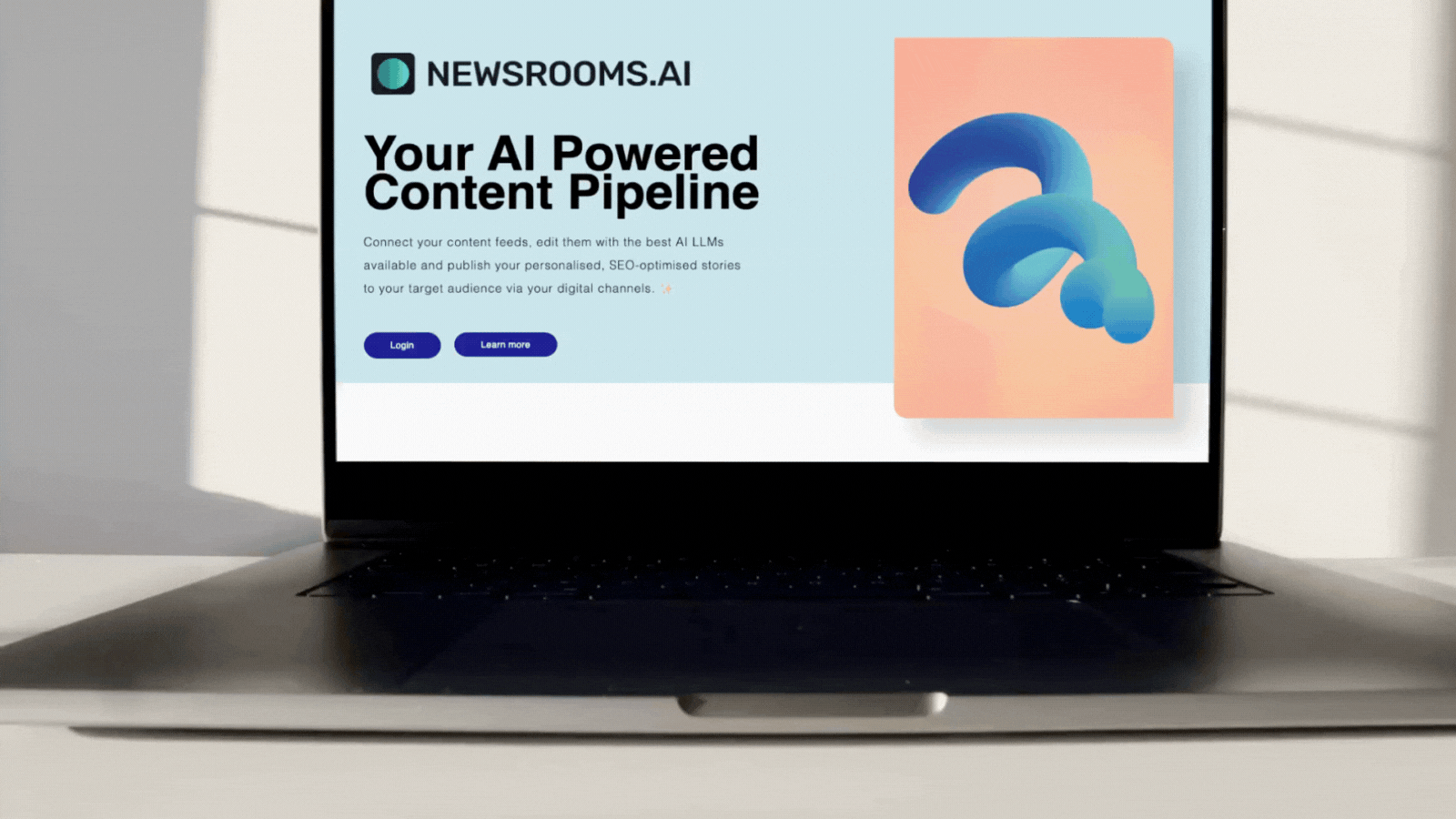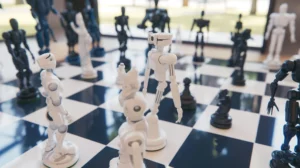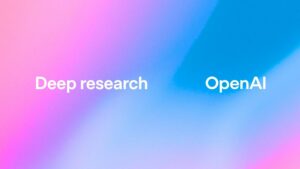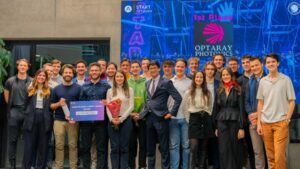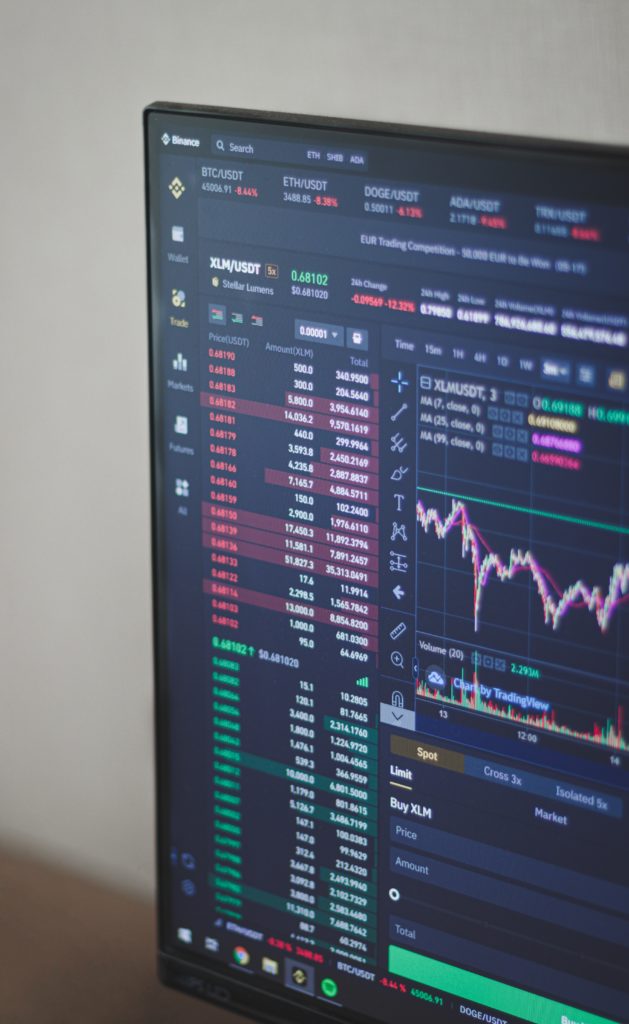DeepSeek: “The race for AI supremacy is over, and the US has not won”
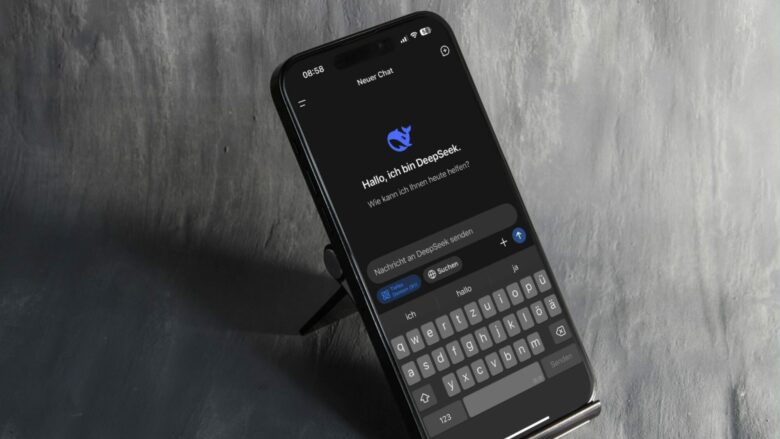
The AI race will consume more money in 2025 than ever before. Big Tech CEOs are currently throwing around billions of dollars that they want to invest in AI infrastructure (primarily in GPUs). The following have been announced so far:
- OpenAI & Softbank: 100 billion dollars
- Microsoft: 80 billion dollars
- Meta: 60 to 65 billion dollars
- Bytedance: $20 billion
- Google: tba.
- Nvidia: tba.
- Amazon: tba.
- xAI: tba.
So there are huge sums of money at stake, and Trump wants to secure the US’s AI dominance for a long time to come. An export ban on AI chips was already introduced under Biden, which was expanded to include the “Export Control Framework for Artificial Intelligence Diffusion“. The latter means that only US allies will be able to get AI chips without restrictions.
And then the Chinese startup DeepSeek comes along and turns everything upside down. First, the open-source model DeepSeek V3 was on par with the top models from big names like Anthropic, xAI, Meta, o1.AI, and Alibaba, and then they added the bombshell: DeepSeek R1. The reasoning model (such models can replicate longer thought processes) is in some cases better in benchmarks than OpenAI o1, which is the strongest model to date from the best-funded AI startup in the world:

DeepSeek reaches the same level as OpenAI and Google
These (best) performances of DeepSeek, which was only released on January 20, 2025 (a week ago), are evident not only in the lab but also in real life. In the chatbot arena, where real users evaluate the answers of AI models, DeepSeek R1 is now almost on par with the best AI models in the world to date, namely GPT-04 from OpenAI and Gemini from Google, and even ahead (!) of OpenAI o1, Claude 3.5 Sonnet, Meta Llama 3.1, Grok 2 from xAI and many, many other AI models from the biggest tech companies in the industry.
But DeepSeek is also currently conquering the consumer market. There is, of course, a chatbot that was built on the basis of V3 and R1. The smartphone app is already in second place in the productivity charts in Apple’s App Store in the USA, behind ChatGPT, and anyone who regularly watches TikTok will have already noticed the wave of influencers who are completely excited about DeepSeek:
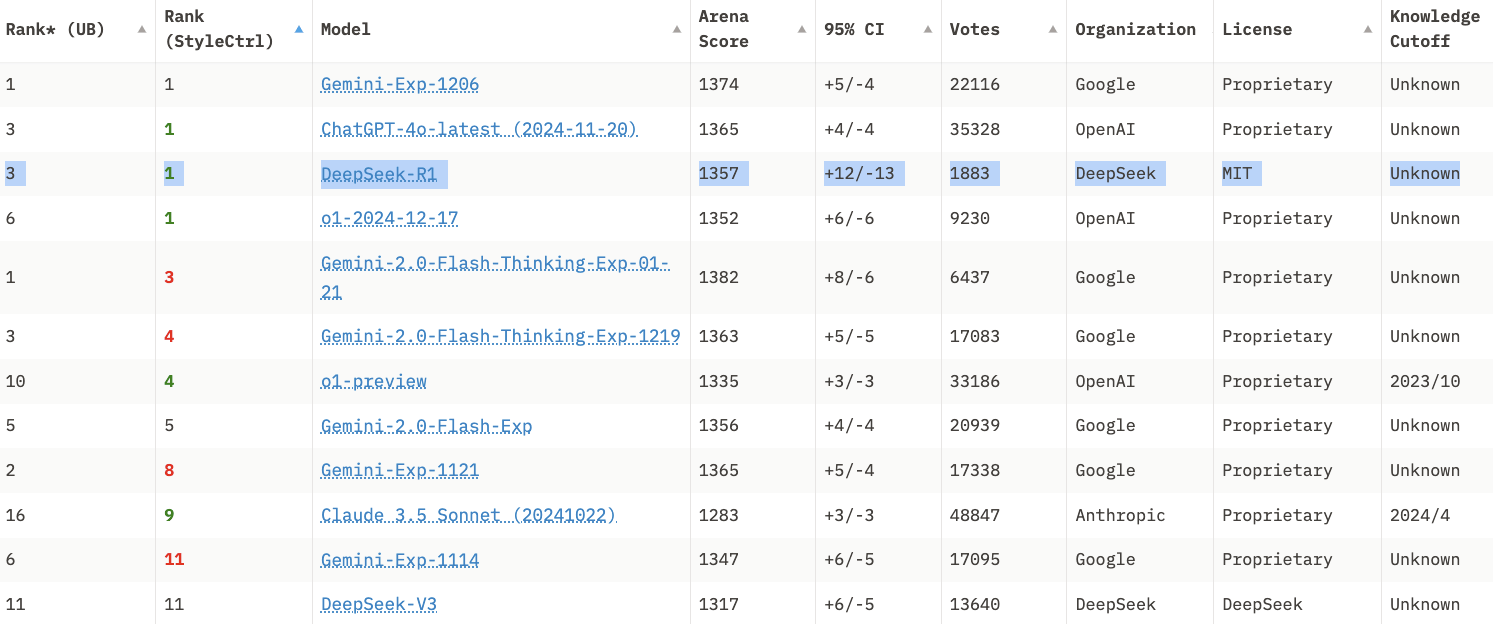
The impact of DeepSeek R1 on January 20 has the potential to go down in AI history like the launch of ChatGPT in November 2022. What is revolutionary about the model is that, according to the developers (the AI startup belongs to the Chinese hedge fund Huàn Fāng (“High-Flyer”)), it only cost around $5.6 million to develop – a fraction of what other AI models from US companies cost. Their development is usually estimated at between $100 million and $1 billion.
At the same time, DeepSeek is offered under an MIT license, which means that in principle every developer and every company can download it for commercial purposes. Anyone who wants to obtain DeepSeek via API can get it at dumping prices. DeepSeek V3 costs a tenth to a fiftieth of what OpenAI, Anthropic, xAI or Google charge for their AI APIs. The disadvantage is that anyone who purchases the AI computing power directly from the Chinese company gets it with censorship.
In Silicon Valley, where the big tech and major AI startups are based, everyone involved in AI has now woken up. “The race for AI supremacy is over, at least for now, and the US has not won. In the last few weeks, two Chinese companies have published three impressive papers that destroy any claim that the US has a decisive lead,” said scientist and AI entrepreneur Gary Marcus.
DeepSeek in the app version also has a censorship problem, of course. Before our eyes, a factual answer about the situation of the oppressed Uighur minority in China was deleted by the DeepSeek chatbot. Here is the Trending Topics report:
DeepSeek: This is what live censorship looks like in the Chinese AI chatbot
“A warning shot across the bow of the current approach to AI hyperscaling”
“The fact that DeepSeek runs on commodity and untethered hardware and is open source is a warning shot across the bow of the current approach to AI hyperscaling,” analyzes Steven Sinofsky, a former high-ranking Microsoft executive who now works for the major Silicon Valley VC Andreessen Horowitz.
The first DeepSeek effects are already apparent:
- Meta: the social media giant, which relied on “open source” with Llama, has set up 4 “war rooms” to find out how DeepkSeek was able to reduce training costs so much and with which data the models were trained
- AI stocks: On the Asian stock exchanges, which already opened for trading on Monday morning, the prices of AI-related companies such as Disco Corp, Advantest (a NVIDIA partner) or SMIC (China’s leading AI chip manufacturer) have fallen significantly between 2.6 and 10 percent
- DeepSeek app conquers the App Store charts: In the US, DeepSeek has already reached number 1 in the productivity charts in the Apple App Store while writing this article
When the stock markets in the US open on Monday, it will be exciting to see how the shares of the hyper-scalers will react to the DeepSeek effect.




